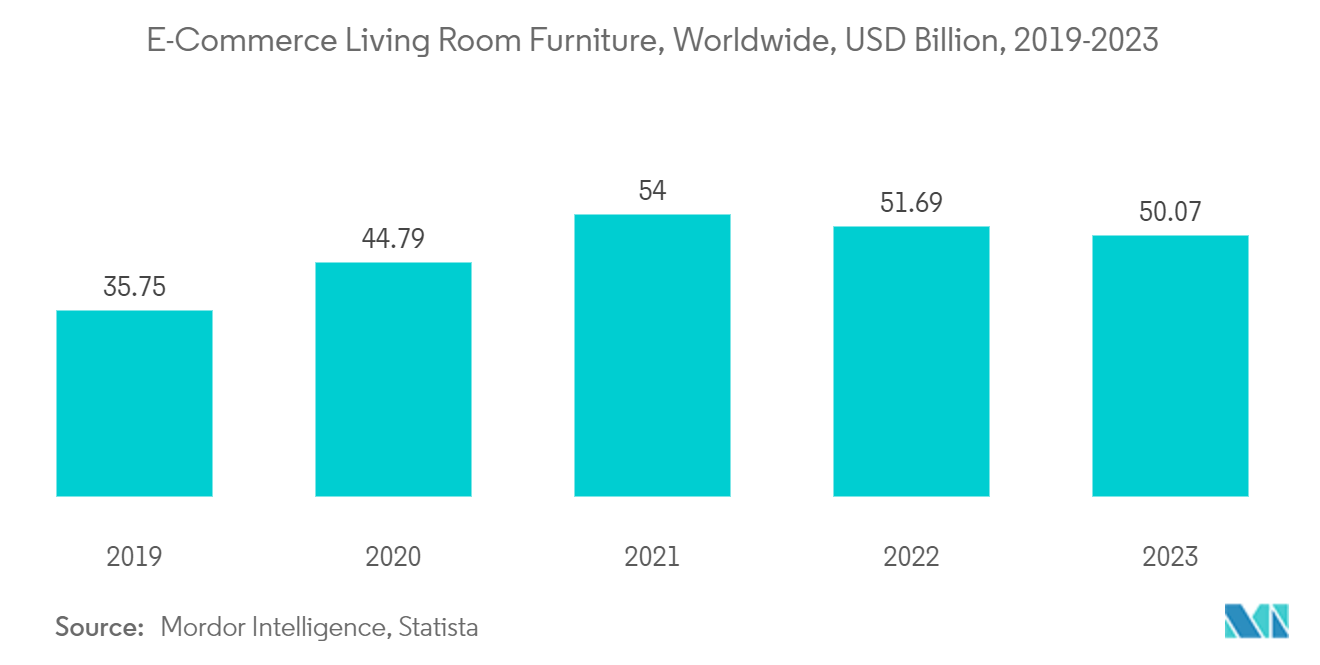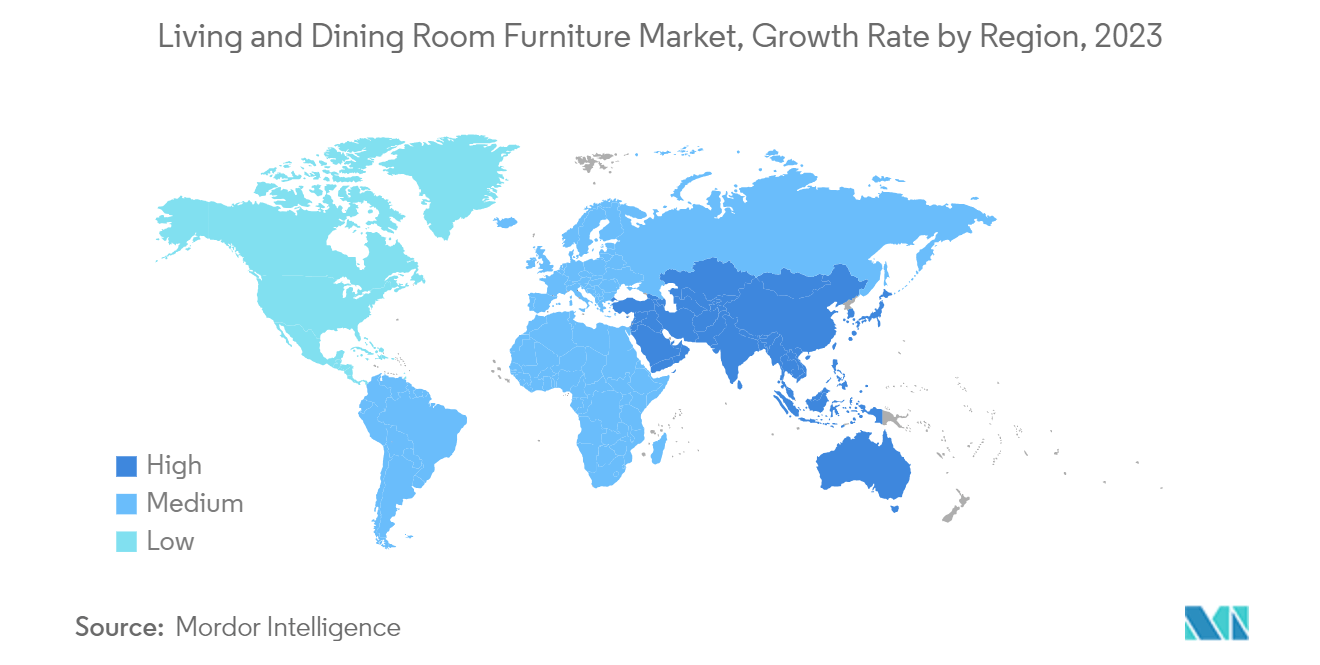Market Trends of Living And Dining Room Furniture Industry
E-commerce Dominates Living and Dining Furniture Market, Driving Down Prices
E-commerce is rapidly emerging as the dominant distribution channel in the living and dining furniture market. Its growth is propelled by technological advancements, rising internet access, and evolving consumer preferences. Today, customers can conveniently browse and buy furniture online, with the added perk of doorstep delivery.
The ascent of e-commerce has notably influenced the pricing dynamics of living and dining furniture. A key driver is the fierce competition among online retailers, leading to heightened price competitiveness.
Moreover, the direct sourcing model of e-commerce, bypassing intermediaries, has played a pivotal role in price reductions. By sourcing directly from manufacturers, e-commerce retailers trim additional costs, enabling them to offer lower prices to customers.
Furthermore, e-commerce platforms frequently roll out promotions, discounts, and coupons, especially during events like Black Friday and Cyber Monday. These strategies, often accompanied by steep price drops, incentivize customers to make bulk purchases, further driving down furniture prices.

Asia-Pacific is Anticipated to Witness the Highest Growth
Factors like escalating real estate growth, increasing residential construction, and growing personal disposable income in developing countries, are anticipated to boost the living room furniture market in Asia-Pacific over the forecast period. Moreover, the shortage of skilled labor, especially in China and India, the need for better transport facilities, and insufficient infrastructural facilities will likely hamper the market growth.
Growth in housing units, increasing middle-class population, rise in household expenditure, change in lifestyle, and the increased preference for branded furniture, are some of the major factors that will increase the demand for the market in the region during the forecast period.


